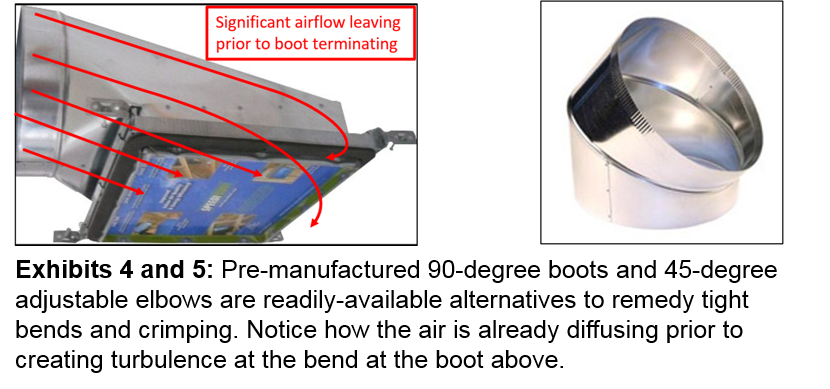Figure 2 illustrates the sheet that is bent with the bend angle of 90 degrees.
Bend sheet metal more than 90 degrees.
The bend attains 90 degrees at a point in the die space that s about 20 percent the material thickness as measured from the bottom of the v die.
Another way to bend edges is through rotary bending.
Geometry of tooling imposes a minimum bend dimension.
Joggling also known as joggle bending is an offset bending process in which the two opposite bends are each less than 90 see following section for how bend angle is measured and are separated by a neutral web so that the offset in the usual case where the opposite bends are equal in angle is less than 5 workpiece thicknesses.
From the bottom of the v die see figure 5.
However if folder radii do not work for you we can manufacture parts using our press brakes.
As an example if you want to bend 24 gauge sheet metal at a 90 angle the calculation would be.
Edge bending gives a good mechanical advantage when forming a bend.
Figure 1 however keep in mind that this design works best for bends that have an inside bend radius that is equal to or less than 1x metal thickness.
0 017453 x 90 x 0 020 0 33 x 0 024 0 0438558984 inch bend allowance keep in mind that some metals are more brittle than others.
For bend angles smaller than 90 they are usually defined as the length from the apex to the edge for bend angles larger than 90 they are usually measured from the tangent of the bend to the.
However angles greater than 90 degrees will require more complex equipment capable of some horizontal force delivery.
From there we can calculate the k factor and the bend deduction.
To achieve a 90 degree bend you must overbend the material past the desired bend angle and allow it to return to the desired shape with the springback.
After bending the sheet we need to do some measurements as shown in figure 2.
We will start by calculating the bend allowance.
Rotary benders can also bend sharper corners than 90 degrees.
90 degrees bend angle.
Actually there are special polymer tools available to avoid any kind of tool marking let alone scratches.
Often the offset will be one workpiece thickness in order.
It has a big advantage over wipe bending or v bending it does not scratch the material s surface.
Bending a brittle metal beyond its limits could cause the metal to snap and break.
The diagram shows one such mechanism.
For instance 0 062 in thick cold rolled steel will bottom once the punch nose is 0 074 to 0 078 in.

